Intro to Modular Design
Lesson Contents
- Definition of Modular Design
- Examples of Modular Design
Video Lesson
Written Lesson
Modular design is about taking a design and breaking it down into small parts – those are the modules. These modules are created independently, to later combine them into a larger system.
If we look around us, we will find many examples of modular designs: Cars, computers and furniture are all modular. Because of their modularity, parts of these systems can be exchanged, added, removed and rearranged. This is great for consumers because they get to customize the system to fit their needs.
Do you want a sunroof, a more powerful motor, leather seats? You got it! The modular design of cars, like this Volkswagen Beetle, allows for these types of customizations and much more.
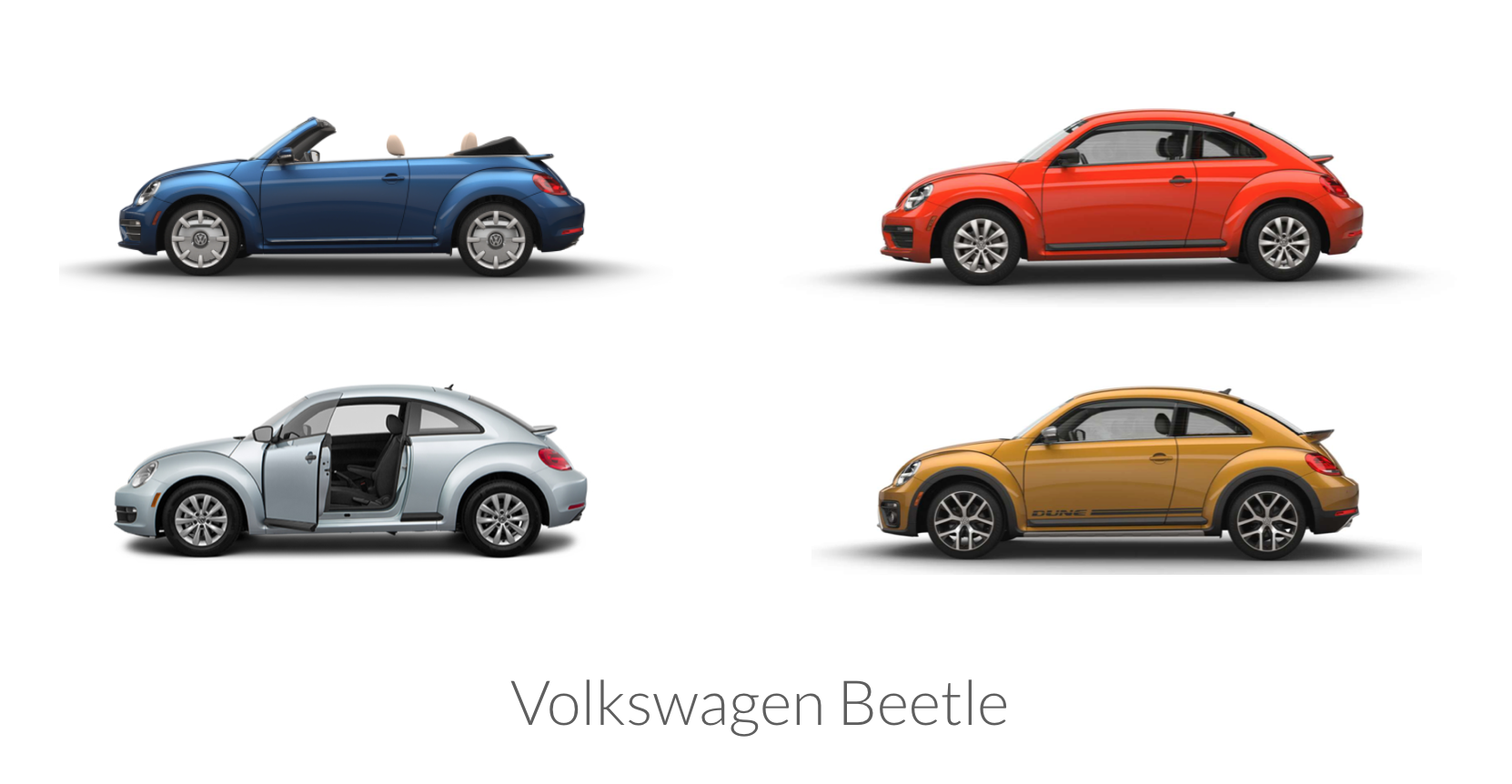
Another great example is IKEA furniture. In this example, you can see that the modularity of the design is not only in the shape of the bookcase, which allows it to be set in different directions, or in that you can add inserts in its openings, but also in the very parts that make the piece itself, which are rectangles of different sizes, repeating the same pattern.
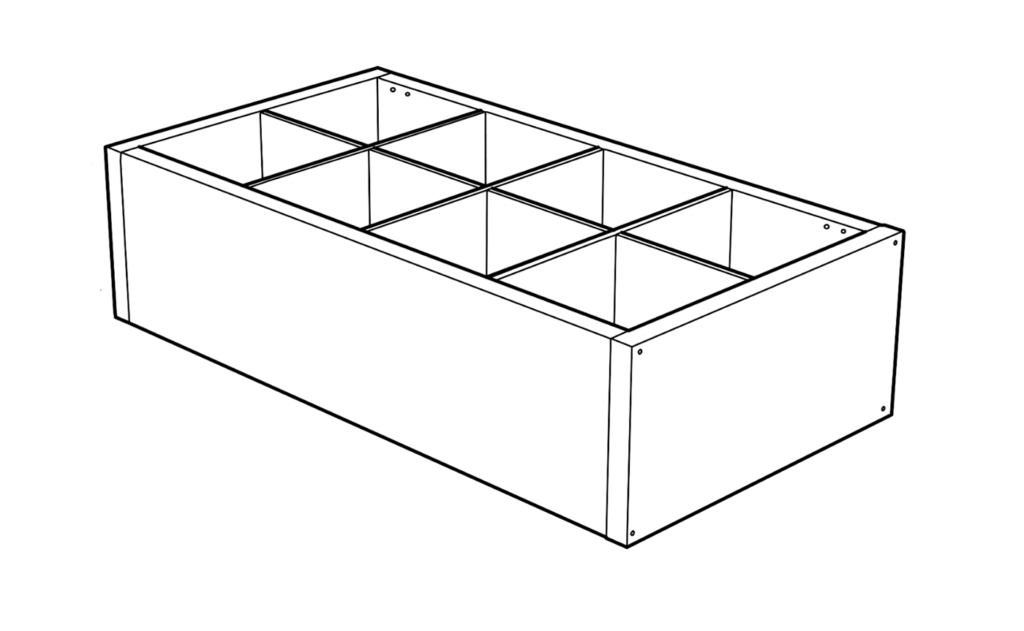
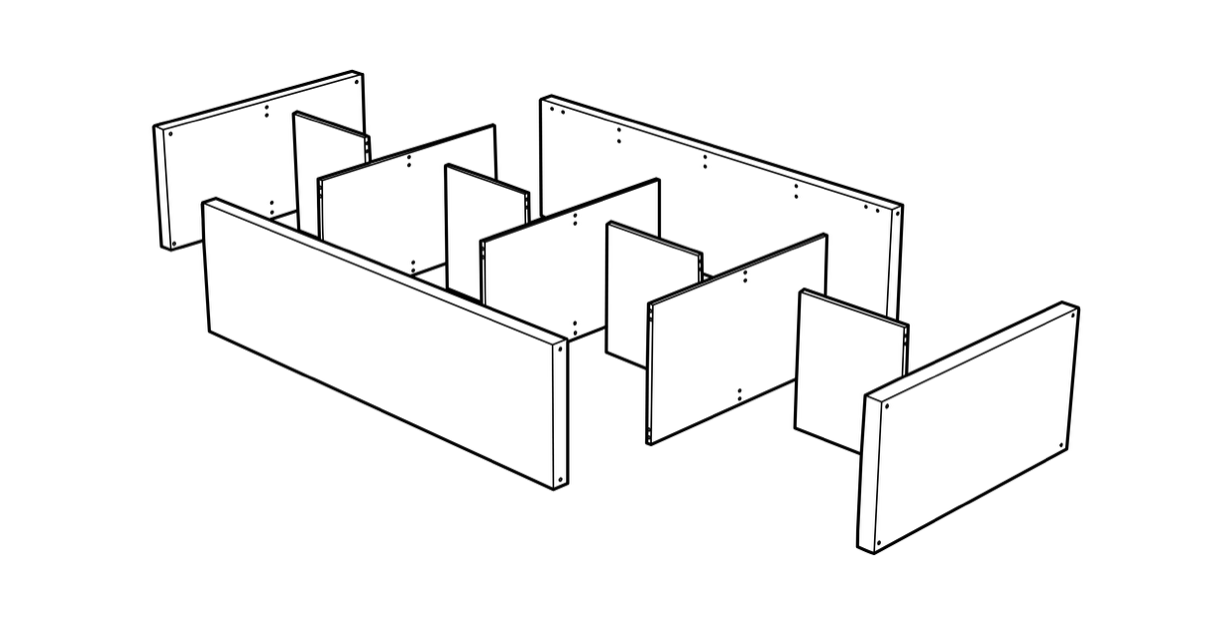
From a manufacturing perspective, modular design is also cost-efficient because building small simple parts that can be connected later is easier and cheaper than building one large complex piece at once. Additionally, the solution can be reused over and over, maximizing productivity.
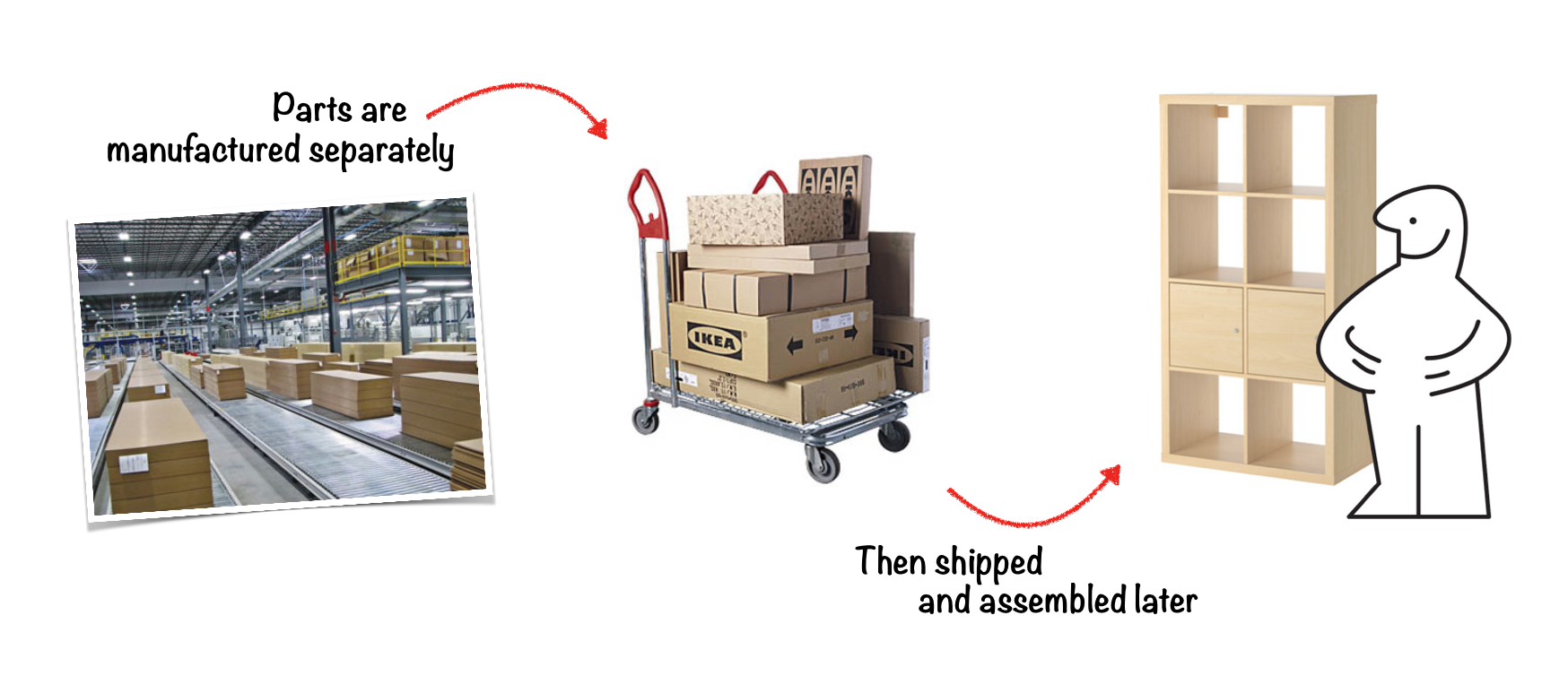
The goals in creating a UI design are similar. As designers, we want to create a UI system that is efficient in both construction and operation. When we find a solution to a problem, we want to be able to reuse the solution in many places. This not only saves time, but also establishes a pattern that users can learn once and reapply in other areas of the application. We also want to be able to customize the system for certain scenarios without having to restructure everything.
This is exactly what modularity brings to UI design: It leads to a system that is flexible, scalable and cost-efficient, but also customizable, reusable and consistent.
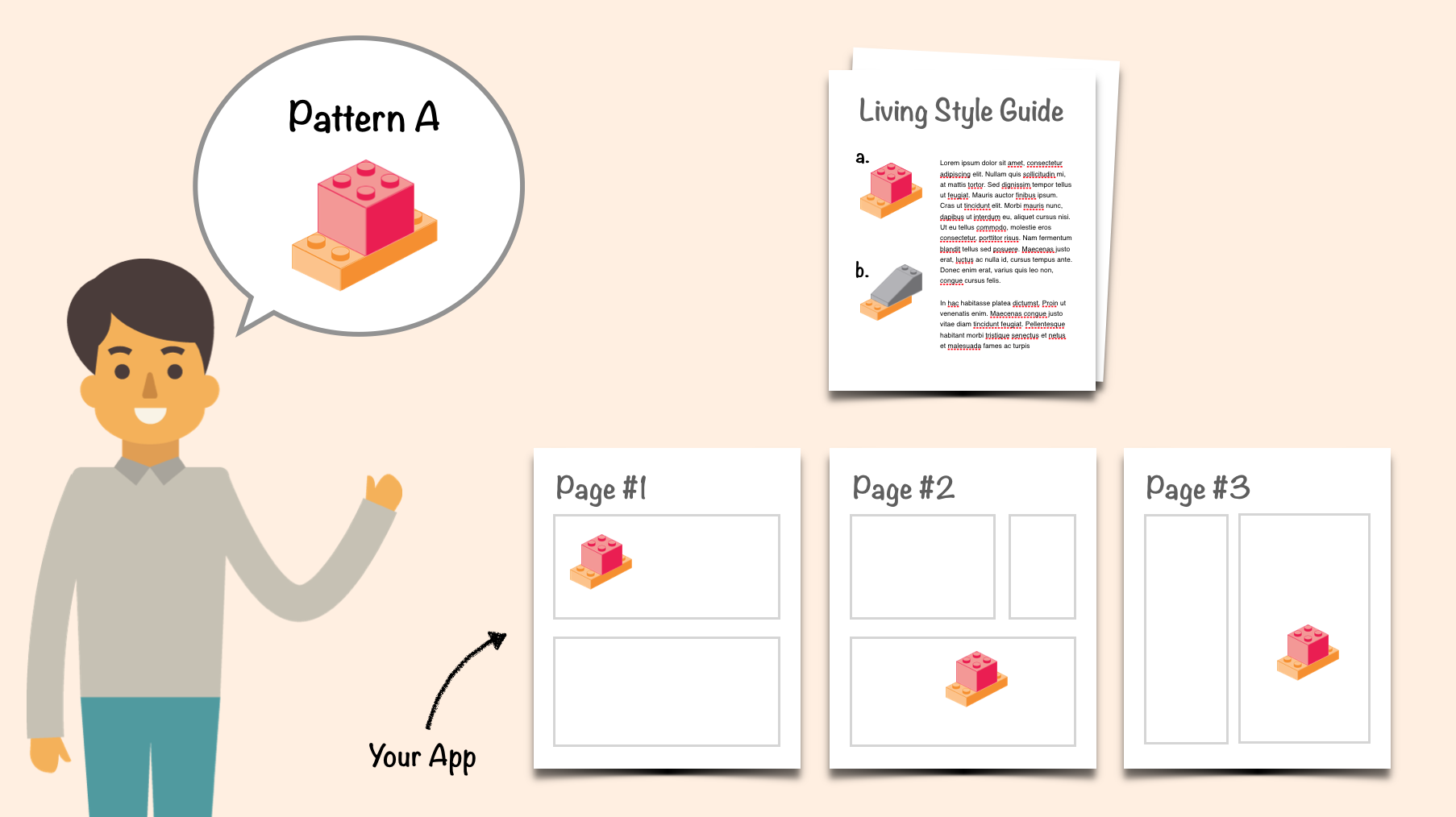
With the bases of what is modular design you can continue to the next lesson where we will explore various examples of Modular UI Design.
[wpforo item=”forum” id=”3″]

